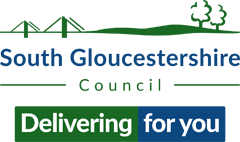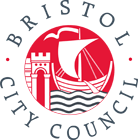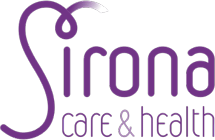City Know-how: New observation tool to assess physical activity and other wellbeing behaviours in urban spaces
- 20th January 2022
MOHAWk is a new observation tool to assess physical activity and two other wellbeing behaviours (social interactions and taking notice of the environment) in urban spaces.
For the attention of:
Policymakers in local authorities; public health professionals who work with or in local authorities; urban planners; urban designers; private developers; those working with green infrastructure; and other stakeholders interested in generating wellbeing impact evidence in relation to changes in the urban physical or social environment.
The problem
Direct observation of behaviour offers an unobtrusive method of assessing physical activity in urban spaces, which reduces biases associated with self-report. However, there are no existing tools that:
- assess other behaviours that are important for people’s wellbeing;
- are suitable for urban spaces that typically have lower numbers of users (e.g. amenity green spaces) or that people pass through (e.g. green corridors); and
- have been validated in Europe.
What was done and why
To address this gap, researchers developed MOHAWk (Method for Observing pHysical Activity and Wellbeing): a new observation tool for assessing three levels of physical activity (Sedentary, Walking, Vigorous) and two other evidence-based wellbeing behaviours (Connect: social interactions; Take Notice: taking notice of the environment) in urban spaces. Across three studies, six observers used the MOHAWk in five urban spaces in Greater Manchester and Belfast to test the reliability and validity of the tool.
What this study adds
This study provides evidence that MOHAWk is reliable and valid from 156 hours of observation in two residential streets, an urban square, a civic square and a small park. MOHAWk is therefore a reliable and valid tool for assessing physical activity and other wellbeing behaviours in a variety of urban spaces. A manual providing detailed instruction on how to use MOHAWk is freely provided to facilitate its widespread use.
What this means for city policy and practice
MOHAWk can be used in policy or practice (e.g. by local authorities or urban developers), or in more formal institutional based research projects. This new tool is an easy-to-use and inexpensive method of generating wellbeing impact evidence in relation to changes in the urban physical or social environment.
Further information
Study in which MOHAWk was used to evaluate the impact of low-cost urban green space improvements on on wellbeing behaviours in older adults.
Lead author Dr Jack Benton was recently successful in applying for a Wellcome Trust ISSF Pump-Priming Fellowship. Building on his PhD research, he will be developing novel methods using wireless video technology to assess wellbeing behaviours in urban environments based on the MOHAWk observation tool. This work is being carried out with the support of the UKCRIC Manchester Urban Observatory – a unique research group aiming to bring data, sensors and expertise together to improve decision making relating to air quality, urban infrastructure and wellbeing in cities.
Full research article
‘Method for Observing pHysical Activity and Wellbeing (MOHAWk): validation of an observation tool to assess physical activity and other wellbeing behaviours in urban spaces‘ by Jack S. Benton, Jamie Anderson, Margaret Pulis, Sarah Cotterill, Ruth F. Hunter and David P. French in Cities and Health
About City Know-how
Bristol Health Partners’ SHINE Health Integration Team (HIT) is a network partner for the Cities & Health journal, published by Routledge.
SHINE HIT, which supports healthy and inclusive neighbourhoods for people, publishes regular, bite-sized ‘City Know-How’ updates to help translate research knowledge into policy and practice. Find out more about the City Know-How series.






